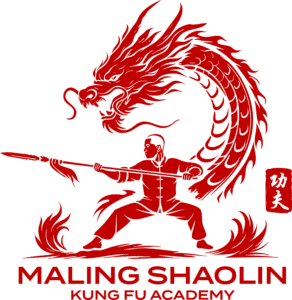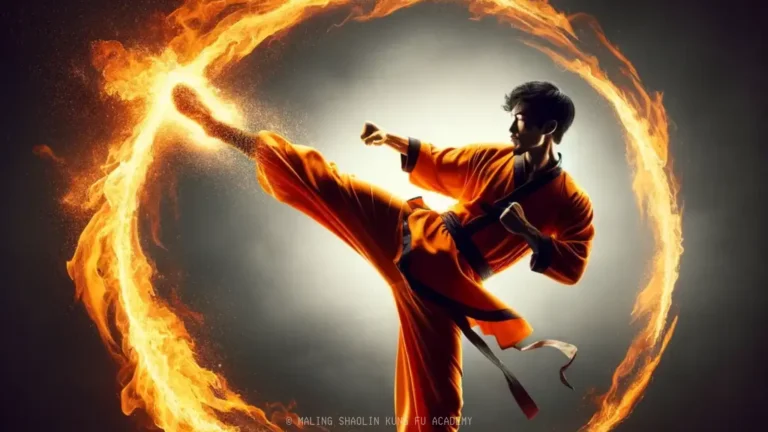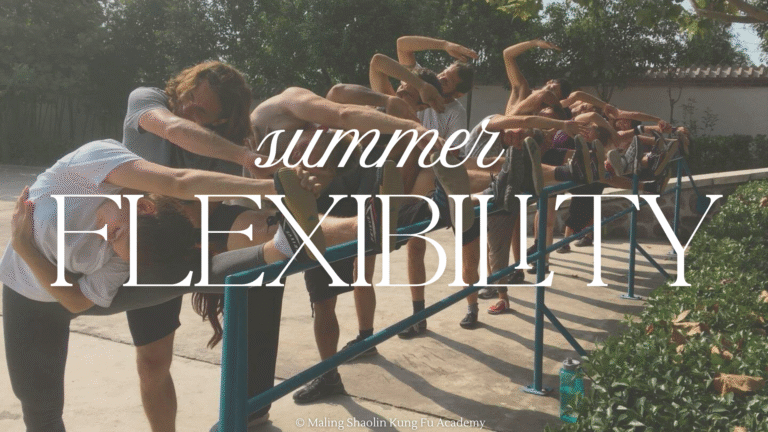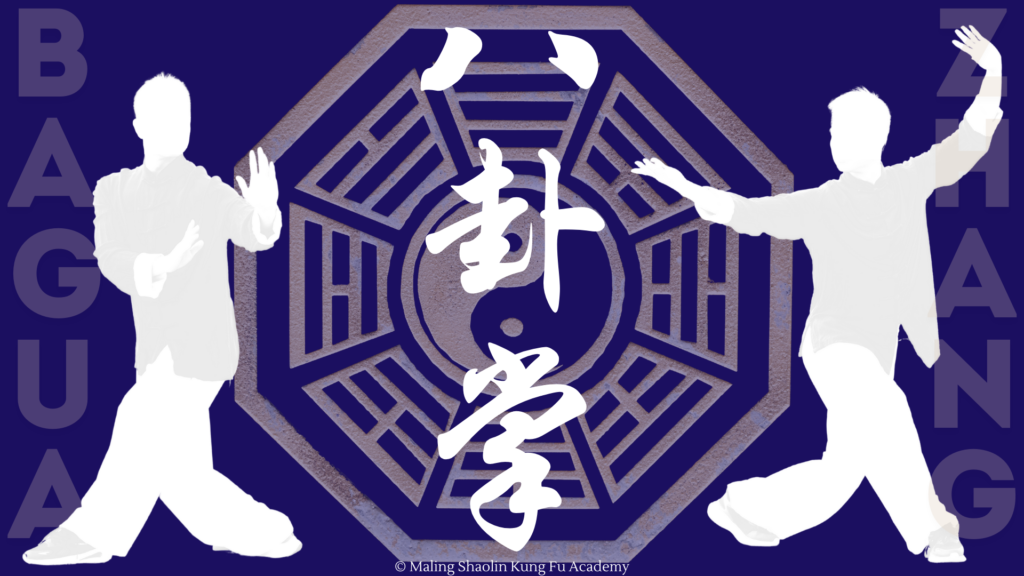
Bagua, also known as Baguazhang (八卦掌), is a complex and intricate Chinese martial art that is deeply rooted in Daoist philosophy and the ancient practice of circle walking. This article delves into the origins, principles, techniques, and cultural significance of Bagua, offering a detailed understanding of this fascinating art.
Origins and Historical Background
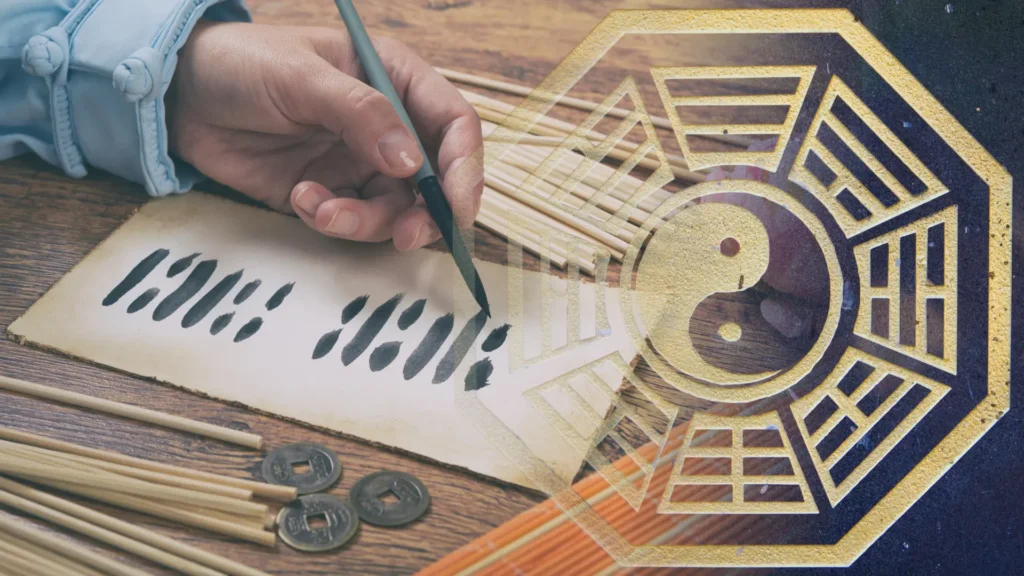
Bagua, which translates to “Eight Trigrams Palm,” is one of the three internal martial arts of China, alongside Tai Chi and Xingyi. The term “Eight Trigrams” refers to the eight symbols used in the ancient Chinese classic, the “I Ching” (Yijing or Book of Changes). Each trigram consists of three lines, either broken or unbroken, representing different natural elements and forces.
The creation of Baguazhang is attributed to Dong Haichuan (董海川), a martial artist from the late Qing Dynasty. Dong is said to have combined his knowledge of traditional martial arts with the Daoist practice of circle walking (Zhuanzhuang), creating a unique and highly effective system of self-defense. According to legend, Dong Haichuan developed Bagua after spending several years in the mountains studying Daoism and mastering the art of walking in circles.
Philosophical Foundations
The philosophy of Bagua is deeply intertwined with Daoism and the principles of the I Ching. The I Ching’s eight trigrams represent various aspects of nature and human experience, such as heaven, earth, water, fire, thunder, wind, mountain, and lake. These trigrams are arranged in a circle, symbolizing the cyclical and ever-changing nature of the universe.
Bagua practitioners believe that by harmonizing with these natural forces, they can develop physical and mental agility, balance, and inner peace. The practice of Bagua emphasizes fluid and continuous movement, reflecting the Daoist concept of “wu wei” (effortless action) and the importance of adaptability and responsiveness.
Techniques and Training Methods
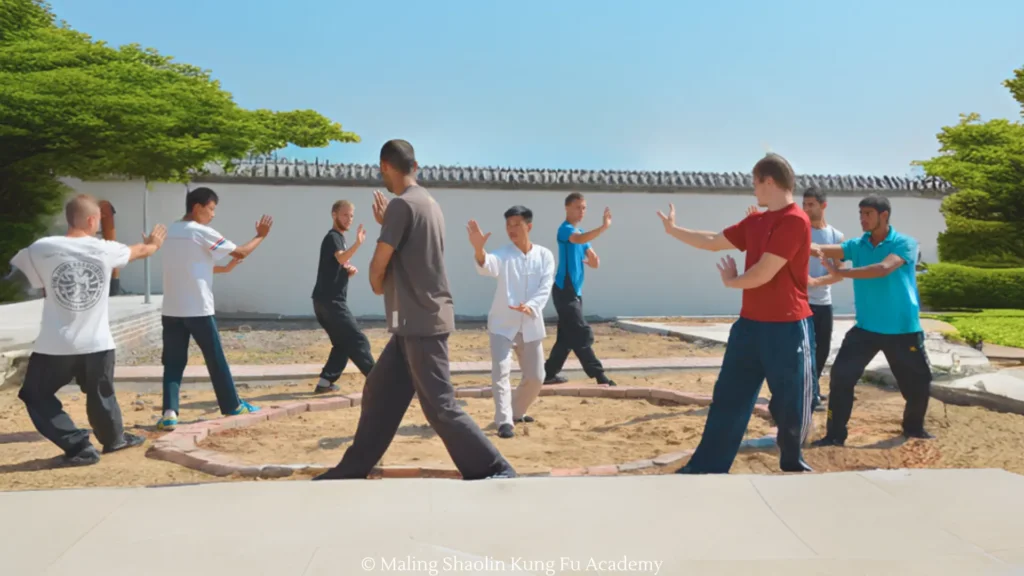
Bagua is renowned for its distinctive circle walking technique, which involves moving continuously in a circular pattern while executing various martial techniques. This practice develops strong legs, improved balance, and the ability to change direction rapidly. Circle walking is both a meditative practice and a combat training method, helping practitioners to cultivate inner stillness while preparing for sudden movements in a fight.
Key techniques and principles of Bagua include:
Palm Changes (掌法, Zhǎng Fǎ): Bagua practitioners use open-hand techniques, known as palm changes, which involve fluid and dynamic movements. Each palm change corresponds to one of the eight trigrams and is designed to adapt to different combat situations.
Footwork (步法, Bù Fǎ): The intricate footwork of Bagua is essential for maintaining balance and mobility. Practitioners learn to move smoothly and quickly, using various stepping patterns to evade attacks and create openings.
Body Mechanics (身法, Shēn Fǎ): Bagua emphasizes the importance of coordinated body movements, integrating the legs, waist, and arms to generate power and execute techniques efficiently.
Internal Energy (内功, Nèigōng): Like other internal martial arts, Bagua focuses on cultivating internal energy (qi) through breath control, meditation, and specific exercises. This internal energy is believed to enhance physical strength and mental clarity.
Forms and Applications
Bagua forms are characterized by their flowing, circular movements and the use of open-hand techniques. There are several traditional Bagua forms, each with its own unique style and emphasis. Some of the most well-known forms include:
Eight Palm Changes (八掌变, Bā Zhǎng Biàn): This foundational form consists of eight basic palm changes, each associated with one of the eight trigrams. Practicing these palm changes helps practitioners develop versatility and adaptability in combat.
Swimming Dragon Form (游龙形, Yóu Lóng Xíng): This form emphasizes fluid and continuous movement, mimicking the graceful and serpentine motions of a dragon.
Lion Shape (狮形, Shī Xíng): This form focuses on powerful and explosive movements, embodying the strength and ferocity of a lion.
In addition to forms, Bagua also includes practical self-defense applications. Practitioners learn to apply the principles of Bagua in real-world situations, using their agility and adaptability to neutralize opponents. Techniques such as joint locks, throws, and strikes are integrated into the practice, making Bagua an effective martial art for self-defense.
Cultural Significance and Modern Practice
Bagua has gained recognition and popularity both in China and internationally. Its unique combination of martial arts, philosophy, and meditative practices appeals to a wide range of practitioners. Bagua is often practiced for its health benefits, including improved flexibility, balance, and mental clarity. It is also appreciated for its cultural and historical significance, as it represents a rich tradition of Chinese martial arts and Daoist philosophy.
In recent years, Bagua has been featured in various media, including films, television shows, and video games, such as Avatar: The Last Airbender, contributing to its global visibility. Notable martial artists and actors, such as Jet Li and Donnie Yen, have showcased Bagua techniques in their performances, further popularizing the art.
Conclusion
Bagua, with its deep philosophical roots, intricate techniques, and practical applications, remains a vital and vibrant martial art. Its emphasis on fluidity, adaptability, and inner cultivation offers practitioners a unique path to physical and mental development. As Bagua continues to evolve and spread, it preserves a timeless connection to Chinese culture and the ancient wisdom of the Daoist tradition.
For those interested in exploring Bagua, it is recommended to seek out qualified instructors and dedicated training communities. Whether for self-defense, health, or spiritual growth, Bagua offers a rich and rewarding journey for all who embark on its path.
MSKFA Styles: Bagua
Interested to learn more about Bagua? Here at Maling Shaolin Kung Fu Academy, we offer a wide range of disciplines including Northern Shaolin Kung Fu, Sanda, Tai Chi, Wing Chun, Baji, Xingyi, Bagua, and Animal Styles, among others. In fact, Bagua is a specialty of Master Tang! Click below to check out more on our styles and offerings:
